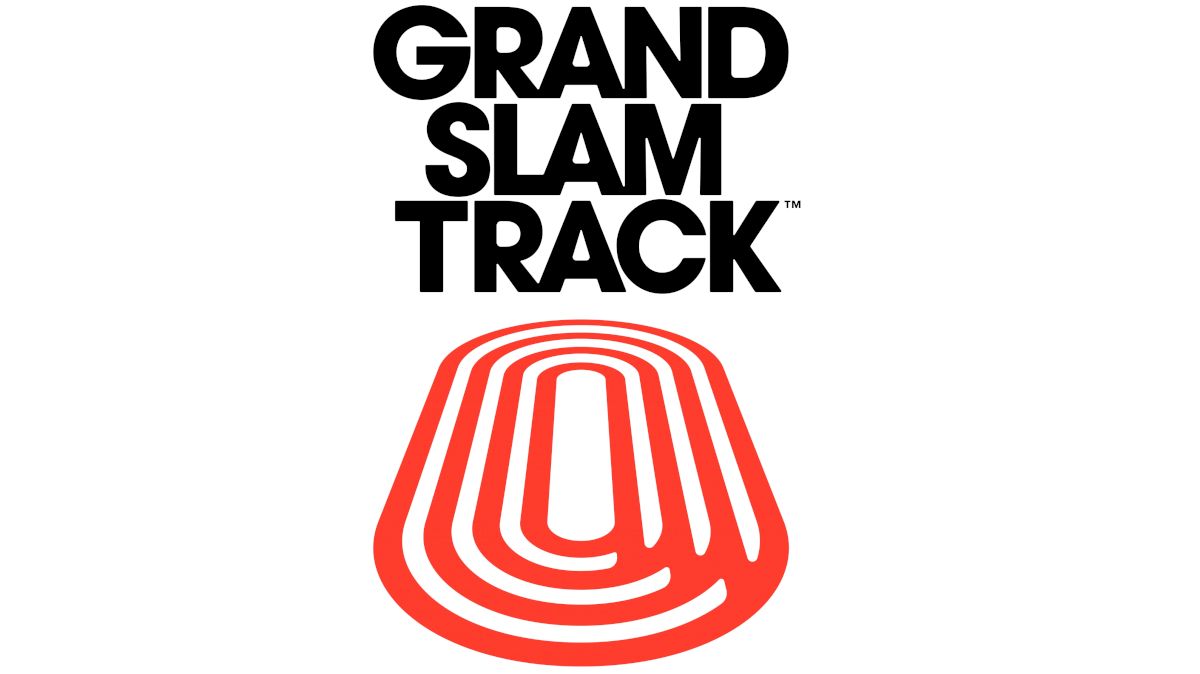The sport of track is as historic as it is exciting, dating back to the ancient Olympic Games, and still amassing hundreds of millions of viewers annually. As with all sports, it continues to evolve and grow to reach a larger audience. The annual Diamond League sees the world’s top athletes compete in as many as 14 meets before the Wanda Diamond League Final meet, which will be in Zurich this season. There is also the United States of America Track and Field league (USATF), as well as other smaller leagues worldwide. A new league called the Grand Slam Track League (GST) was recently announced, and it could change the future of track forever.
In the summer of 2024, Michael Johnson, famed American sprinter with four olympic gold medals and eight world championship gold medals, announced that he would be starting GST in 2025. Being an entrepreneur for the past 24 years, he told Citius Mag, he believes that “commercialized businesses and ventures” is something that he thrives in. In a press release, Johnson predicted that the Grand Slam Track league will “[revolutionize] the track landscape, allowing our sport to remain at the forefront of the sporting world year-round, and pushing our superstar racers to break new grounds in their personal storytelling, competitive success, and marketability.”
GST will differ greatly from current competitive track leagues. In leagues such as the Diamond League, there are 15 total meets, with different races featured in each event, and different athletes competing at each. In the GST there will be 48 “Racers”, who will be signed to the league. In order to make their full pay, they will have to race at every “Slam,” the name for the GST events (there will be four Slams per year). This will help to ensure every athlete competes at each meet, so the audience can grow more connected to them. There will also be 48 “Challengers,” who will differ from event to event. For both Racers and Challengers, there will be six groups of male and female Racers, spread across six different event groups. These event groups are: Short and Long Sprints, Short and Long Hurdles, and Short and Long Distance.
Every runner has to do a total of two events at each Slam. Results in GST are determined based on how you perform in an event, and you earn points according to that placing. The total points earned between the two events at one meet will determine their final standings, and ultimately their money earned. A large part of what separates GST from other leagues is that it will focus more on the rivalries between athletes, instead of solely the times themselves. This is believed to allow the audience to enjoy learning about the athletes, more than just seeing the times, hopefully improving the marketability of the sport as a whole.
Track athletes are paid a fraction of professional athletes in other sports, like the NFL or NBA. GST will hope to combat this by paying their athletes $100,000 for the first place winner in each Slam, $50,000 for second, and $30,000 for third, and the prize money steadily goes down from there. In comparison, the Diamond League pays out $10,000 for first place. GST hopes to reduce the financial burden that many professional track athletes have, as the prize money they earn, if any at all, is often not substantial enough. Winners Alliance provided money to GST for their prize funds, which will be crucial to GST being able to pay out all of the appropriate money.
The first athlete to sign with GST is famed American mid-distance runner Sydney McLaughlin-Levrone; while she is frequently criticized that she does not race as much as other athletes, it seems she is hoping to compete in more races this season rather than just championships. In an interview with ESPN, she remarked how “Michael [Johnson] has done a great job putting [GST] together,” explaining how she is “excited to be a part of it in whatever capacity [she] can be.”
Not only is GST working to sign star-studded athletes, but they are also working to stack up their various office positions. Rick Qualliotine was appointed as the Chief Content Officer; Qualliotine worked with the NFL for six years, helping to start “Good Morning Football.” GST also hired Rina Thakker, their Senior Vice President of Digital Products. Thakker worked with WWE for 17 years; most notably she helped with events such as Wrestlemania. GST is working to branch out to more viewers, and taking in employees from other entertainment and sports companies is a great step towards this.
The Grand Slam Track League appears to be a great way to help the sport of track grow. GST will work with top athletes, and bring in less popular athletes hoping to become stars as well. Debuting in 2025, GST will hopefully reach more people than just the core group of track fans. It will be very exciting to watch track grow as a sport over the coming years!

